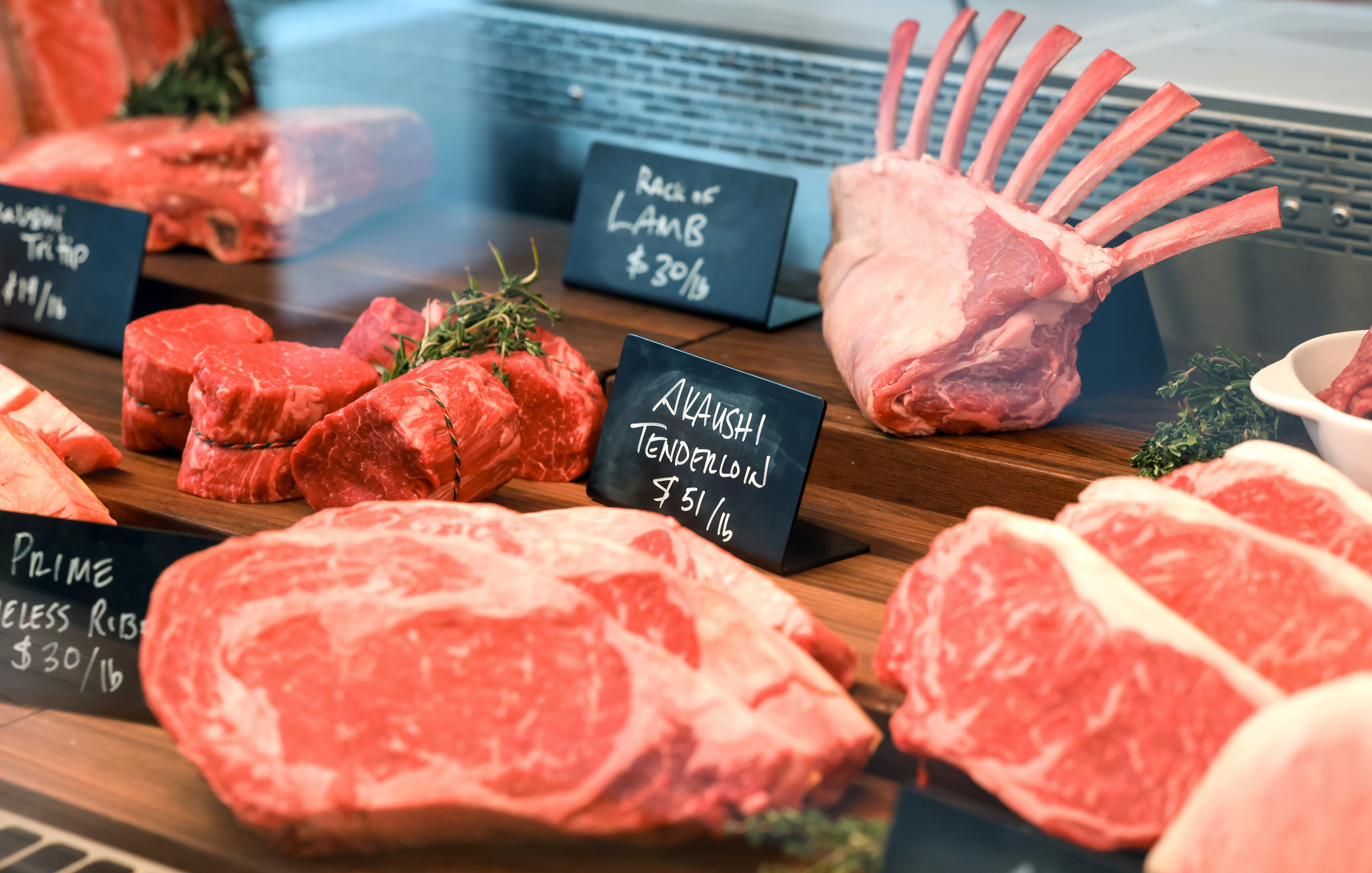Reveal the Art of the Butcher's Cut in a Modern Meat Market
In the ever-evolving landscape of contemporary meat markets, the butcher's cut has actually transcended its conventional roots, combining age-old workmanship with modern techniques. What really establishes the modern butcher apart is their capacity to forge a deeper link between customers and the beginnings of their meat.
Evolution of Butchery Techniques

The mid-20th century saw butchery strategies further fine-tuned by clinical understandings right into muscle mass biology and meat aging, enhancing both inflammation and taste. Developments like vacuum cleaner packaging and refrigeration prolonged product shelf-life, allowing butchers to branch out offerings and enhance quality assurance. This period also marked the rise of customized devices, such as band saws and meat slicers, which enhanced precision and performance in meat processing.
Electronic systems now assist in monitoring pet provenance and enhancing cuts to fulfill details client choices. Furthermore, a revival in artisanal butchery has arised, blending traditional abilities with modern-day understanding to provide to customers seeking honest and sustainable meat choices.

Comprehending Meat Cuts

Understanding the complexities of meat cuts is crucial for both butchers and consumers looking for top quality and worth. For butchers, exact cuts show ability and respect for the craft, making certain very little waste and optimum yield.
The primary classifications of meat cuts include primal, sub-primal, and retail cuts. Primitive cuts, such as the loin, rib, and chuck, are the big areas originally divided from the carcass. Butchers after that damage these down better into sub-primal cuts, before lastly producing retail cuts offered to consumers, like ribeye or tenderloin. Each stage requires careful attention to anatomical framework and muscle mass composition.
Recognizing muscle make-up is essential; muscle mass used extra often by the pet tend to be harder and are best matched for slow cooking approaches, while less-used muscles, like those located in the loin, are a lot more tender and ideal for grilling or roasting. Experience with these distinctions empowers consumers to make informed selections, improving their culinary ventures.
Selecting Top Quality Meat
Selecting the right meat includes more than simply picking an aesthetically appealing piece from the display screen. The art of choosing top quality meat requires a critical eye and expertise weblink of details characteristics that indicate quality and excellence. First of all, take note of the shade; beef must have an intense, cherry-red hue, while lamb should display a soft pink tone, and pork a pale pink. This suggests the meat is fresh and hasn't been revealed to oxygen for as well long.
Secondly, think about the marbling, which describes the white streaks of fat within the muscular tissue. Proper marbling is an essential sign of tenderness and taste, as it thaws throughout food preparation, improving the meat's juiciness. Remember, greater marbling commonly correlates with exceptional quality cuts, such as USDA Prime.
Appearance is one more critical variable; meat needs to really feel firm to the touch, not slimy or excessively soft. Additionally, bear in mind the scent. Fresh meat should have a tidy, neutral smell, devoid of any sour or repulsive smells.
Pairing Cuts With Food Preparation Techniques
Successfully matching cuts of meat with the appropriate food preparation methods is essential for attaining optimum taste and structure. These approaches improve the meat's all-natural flavors and make sure a juicy coating.
On the other hand, harder cuts like brisket and chuck roast are abundant in collagen, which breaks down right into jelly when prepared gradually. These cuts are optimal for braising or slow-moving roasting, permitting the meat to tenderize find with time and develop deep, complicated flavors. Cuts such as brief ribs and pork shoulder get on well with slow-cooking methods, where extended cooking times transform their robust appearances into delicious dishes.
Lamb shanks and oxtail, which require long term cooking to tenderize, are excellent prospects for cooking or slow simmering. These techniques coax out rich, hearty tastes while keeping dampness. By recognizing the unique characteristics of each cut, cooks and home chefs alike can raise their culinary creations, guaranteeing each meal is both satisfying and unforgettable.
The Butcher's Duty Today
Browsing the progressing landscape of the modern meat market, the butcher's role today expands past simple prep work of cuts. Contemporary butchers are cooking craftsmens, teachers, and advocates for sustainable techniques.
In enhancement to resource crafting precise cuts, butchers currently engage directly with customers, supplying cooking advice and customizing choices to match specific demands and choices. Their expertise in meat aging, marbling, and flavor accounts empowers customers to make enlightened decisions, boosting their culinary experiences. This personalized solution exemplifies the butcher's developing role as a trusted advisor in the cooking area.
In addition, butchers are pivotal in lessening waste, using entire animals to create diverse products such as sausages and supplies - bagley farms meat market edwardsville il. This extensive approach not only values the pet however likewise aligns with contemporary sustainability goals. This way, the modern butcher embodies both custom and advancement, adjusting to an ever-changing market while preserving the artistry and stability of their craft

Verdict
The modern butcher's craft intricately weaves conventional methods with modern innovations, highlighting lasting methods and ethical sourcing. Mastery in understanding varied meat cuts and top quality signs equips butchers to supply educated recommendations, aligning particular cuts with optimum food preparation methods. This experience not only elevates cooking experiences but also strengthens the connection between customers and the origins of their food. By recognizing historical methods while embracing modern needs, the butcher's duty remains vital in today's innovative meat market.